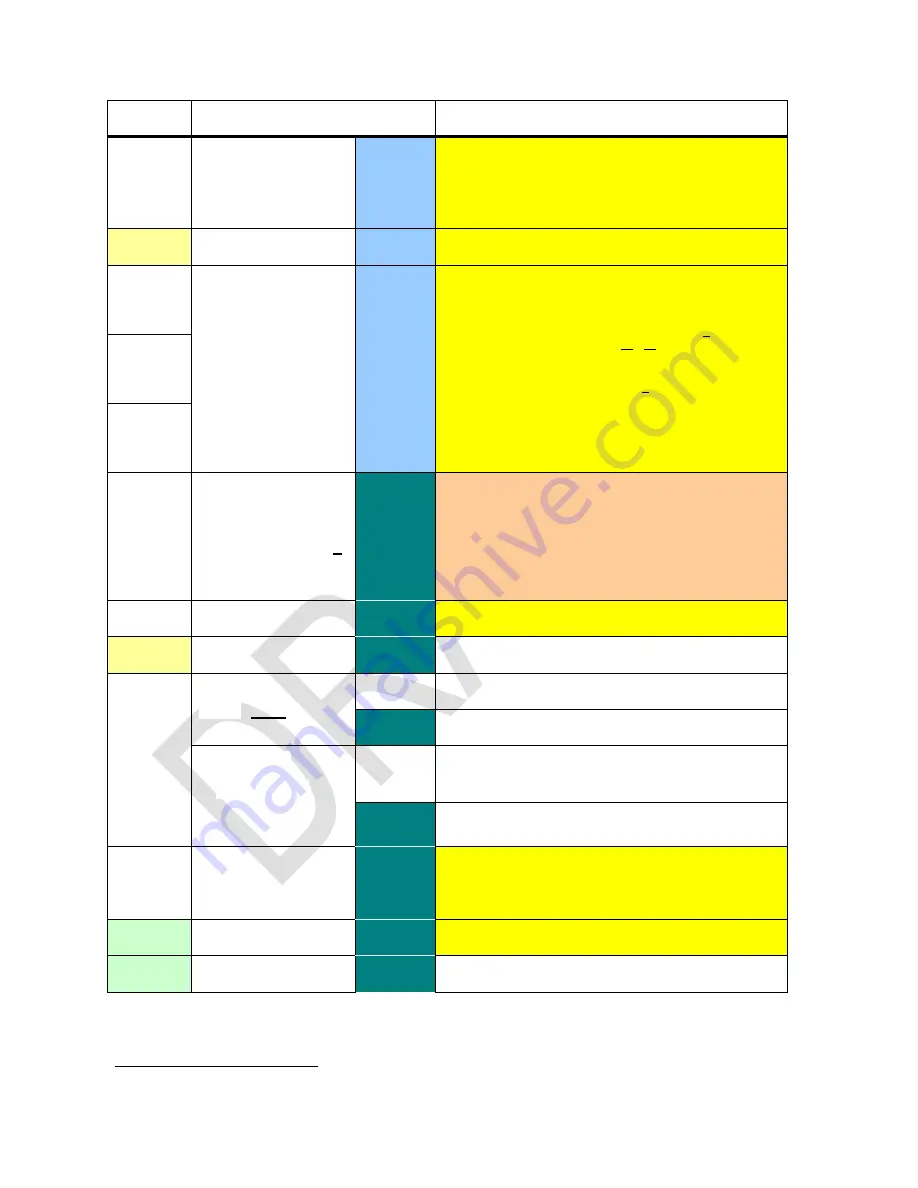
WP 34S Owner‘s Manual
Edition 2.2
Page 59 of 103
Name
Keys to press
in modes Remarks
WDAY
…
DECM
Takes
x
as a date in the format selected and re-
turns the name of the day in the dot matrix and a
corresponding integer in the numeric display
(Monday = 1, Sunday = 7).
W
–
1
…
DECM
Returns
x
for given W (
≥ -1). See W above.
Weibl
…
DECM
Weibull distribution with the shape parameter
b
in
J
and the characteristic lifetime
T
in
K
:
Weibl
P
23
returns
b
T
t
b
W
e
T
t
T
b
t
f
1
)
(
,
Weibl returns
b
T
t
W
e
t
F
1
)
(
.
Weibl
–1
returns the survival time
t
s
for given
probability
F
W
,
b
in
J
and
T
in
K
.
Weibl
P
Weibl
–
1
WSIZE
WSIZE
n
\
Works like on
HP-16C
, but with the parameter
following the command instead of taken from
X
.
Reducing the word size truncates the values in
the stack registers employed, including
L
.
WSIZE 0 sets the word size to maximum, i.e. 64
bits.
WSIZE?
…
\
Recalls the word size set.
x
2
\
XEQ
label
PRG Calls the respective subroutine.
\PRG, \
Executes the respective program.
,
,
, or
(you may need
for
reaching these hotkeys
in integer bases >10.)
PRG
Calls the respective subroutine, so e.g. XEQ C
will be inserted when
is pressed.
\PRG, \
Executes the respective program if defined.
XEQ
…
\
Takes the first three characters of
alpha
(or less
if there are less) as a label and calls or executes
the respective routine.
XNOR
…
\
Works in analogy to AND.
XOR
\
Works in analogy to AND.
23
The pdf equals WEIBULL(
x
; b; T;
0
) and the cdf WEIBULL(
x;
b; T;
1
) in MS Excel.













































